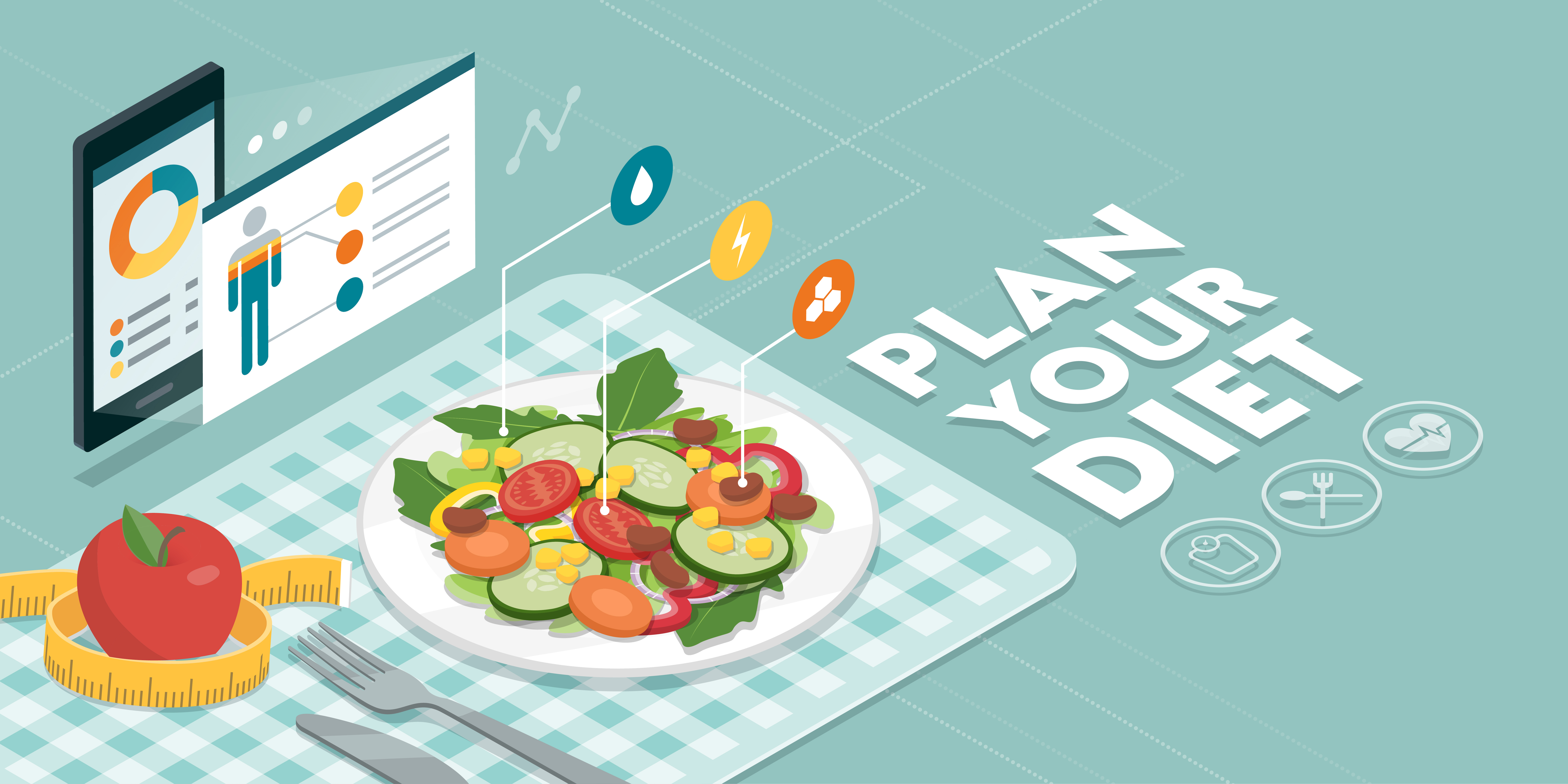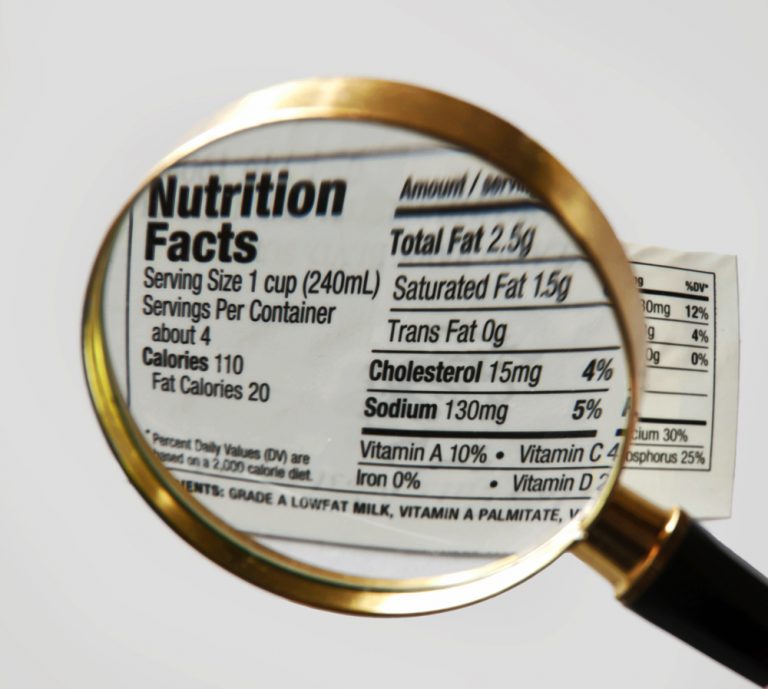You can’t go anywhere without being confronted by calories. You go to the shop and there they are, stamped on every bottle and box. Visiting restaurants, you can find calorie counts on menus. Next day going to the gym to use your favourite treadmill and you see again calories burning on the screen. But just what are calories? The more calories we take in, the more flab we add- and if we cut back on them, then flab starts to reduce too right?
Learn the distinction and lose the unwonted body fat.
Calories is simply a unit of measurement for heat. The term entered the food world around 1890, when the USDA appropriated it for a report on nutrition. Specifically, a calorie was defined as the unit of heat required to raise 1gram of water 1 degree Celsius. Scientists used to set food on fire and then gauge how well the flaming sample warmed a water bath. The warmer the water, the more calories the food contained.
Your body isn’t a steam engine. Instead of heat, it runs on chemical energy, fuelled by the oxidation of carbohydrates, fat and protein that occurs in your cells (mitochondria).

Our fuel comes from three sources: carbohydrates, fats and protein. They’re handled by the body differently. Example: for every 100 carbohydrates calories you consume, your body expends 5 to 10 in digestion. With fats, you expend slightly less (although thin people seem to break down more fat than heavy people do). The calorie-burn champion is protein: For every 100 protein calories you consume; your body needs 20 to 30 for digestion. Carbohydrates and fat give up their calories easily: They’re built to supply quick energy. In effect, carbs and fat yield more usable energy than protein does.
If you want to lose weight, make protein a priority at every meal.
Just because the food is swallowed doesn’t mean it will be digested. It passes through your stomach and then reaches your small intestine, which slurps up all the nutrients it can through its spongy walls. But 5 to 10 percent of calories slide through unabsorbed. Fat digestion is relatively efficient- fat easily enters your intestinal walls. As for protein, animal sources are more digestible than plant sources, so a top sirloin’s protein will be better absorbed than tofu’s.
Different carbs are processed a different rates, too: Glucose and starch are rapidly absorbed, while fiber dawdles in the digestive tract. In fact, the insoluble fiber in some complex carbs, such as that vegetables and whole grains, tends to block the absorption of other calories. Aim to consume at least 35 to 40 grams of fiber every day.
Even the most dedicated fitness nuts burn no more than 30 percent of their daily calories at the gym. Most of your calories burn at a constant simmer, fuelling the automated processes that keep you alive. 60 to 70 percent of our total caloric expenditure goes toward normal bodily functions. This includes replacing old tissue, transporting oxygen, and so on. And then there are the calories you lose to N.E.A.T., or nonexercise activity thermo-genesis. N.E.A.T. consists of the countless daily motions you make outside the gym- the calories you burn while making breakfast, working in the office, or chasing the taxi.
Too many people are counting calories instead of focusing on the content of food. Make sure you chose it well and find the time for a frequent break from your desk and couch to move your body and burn extra calories.






